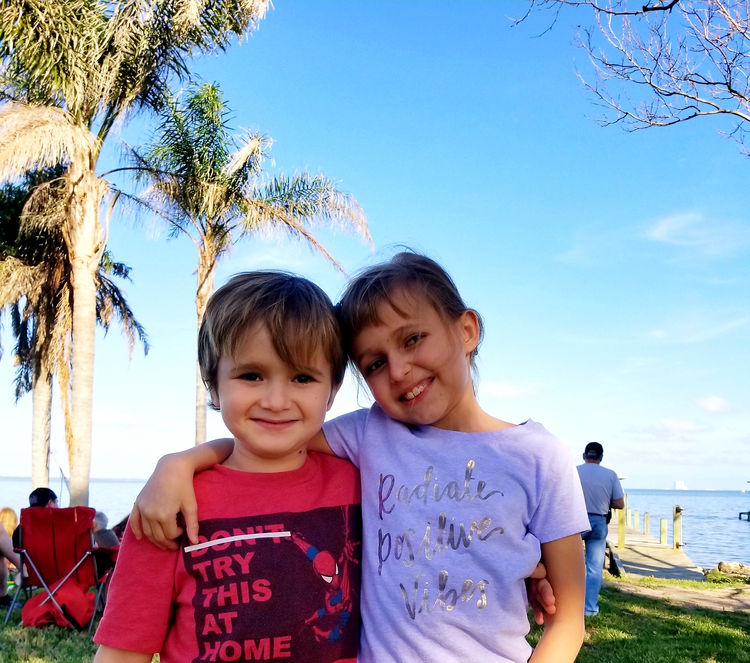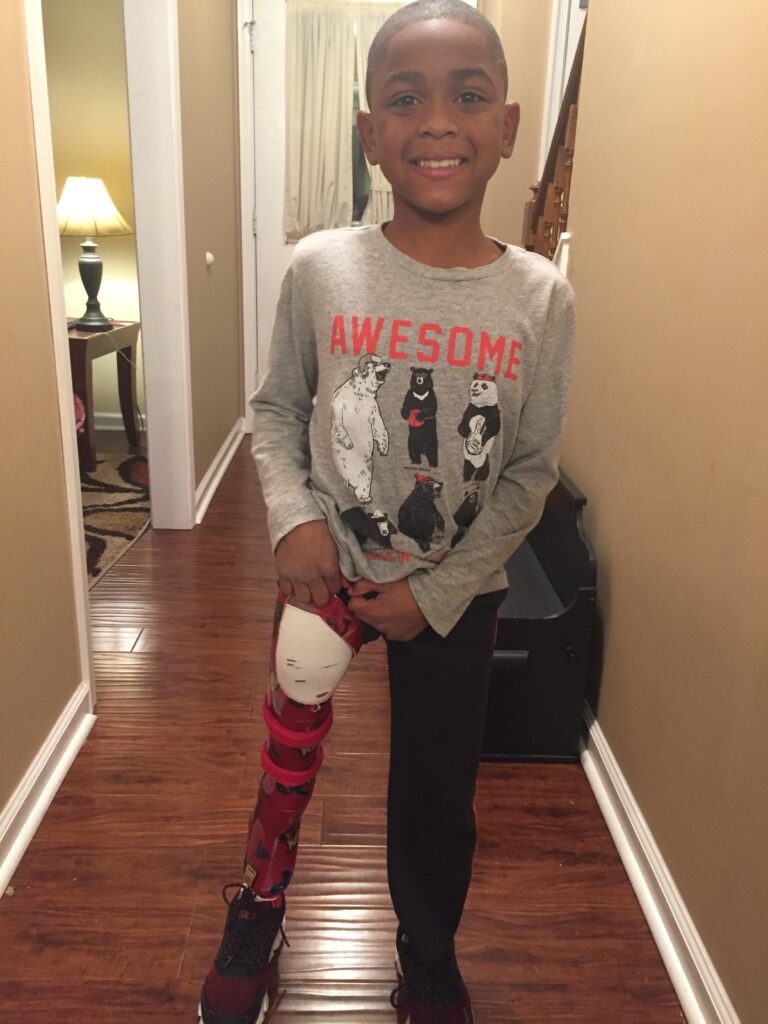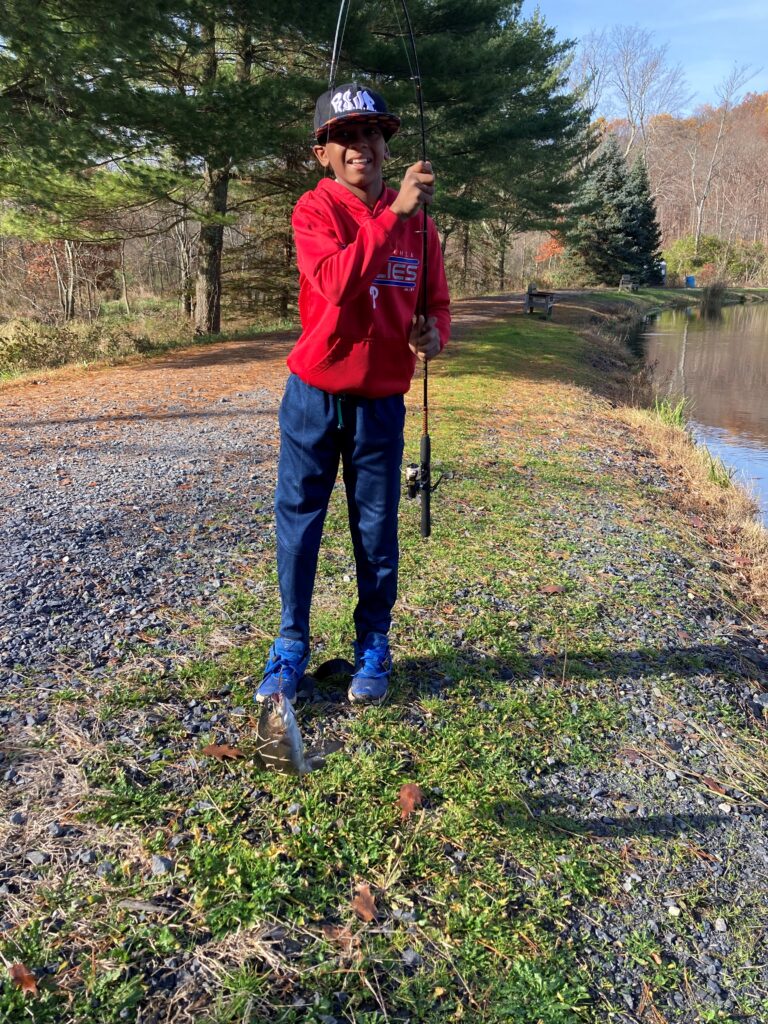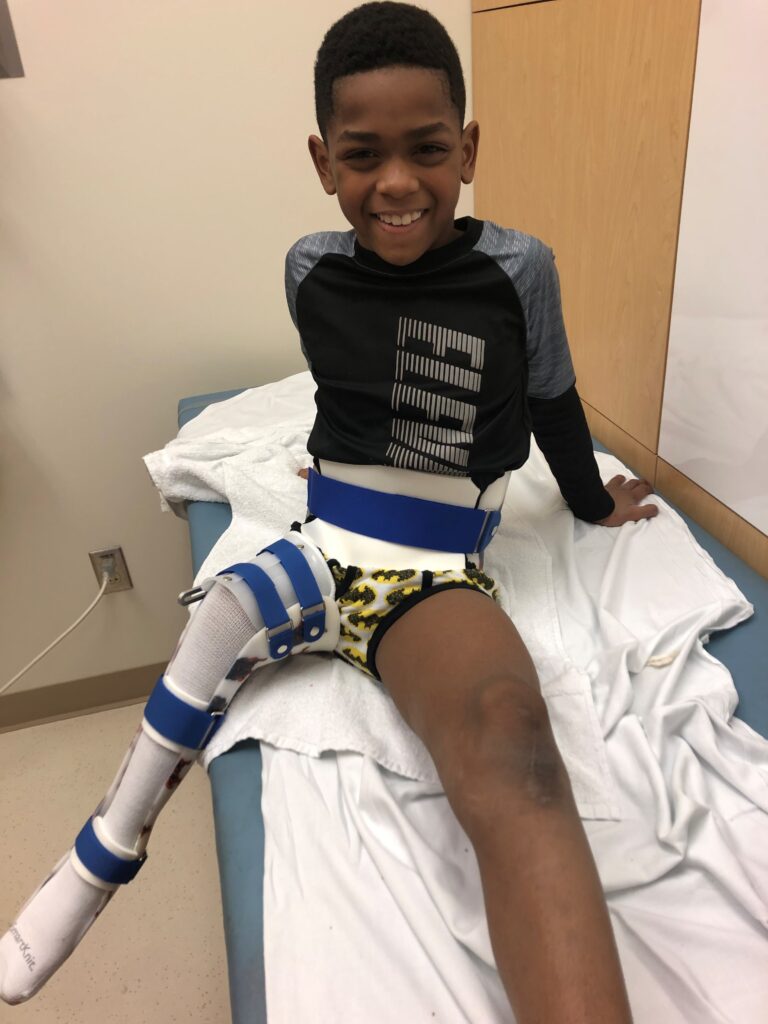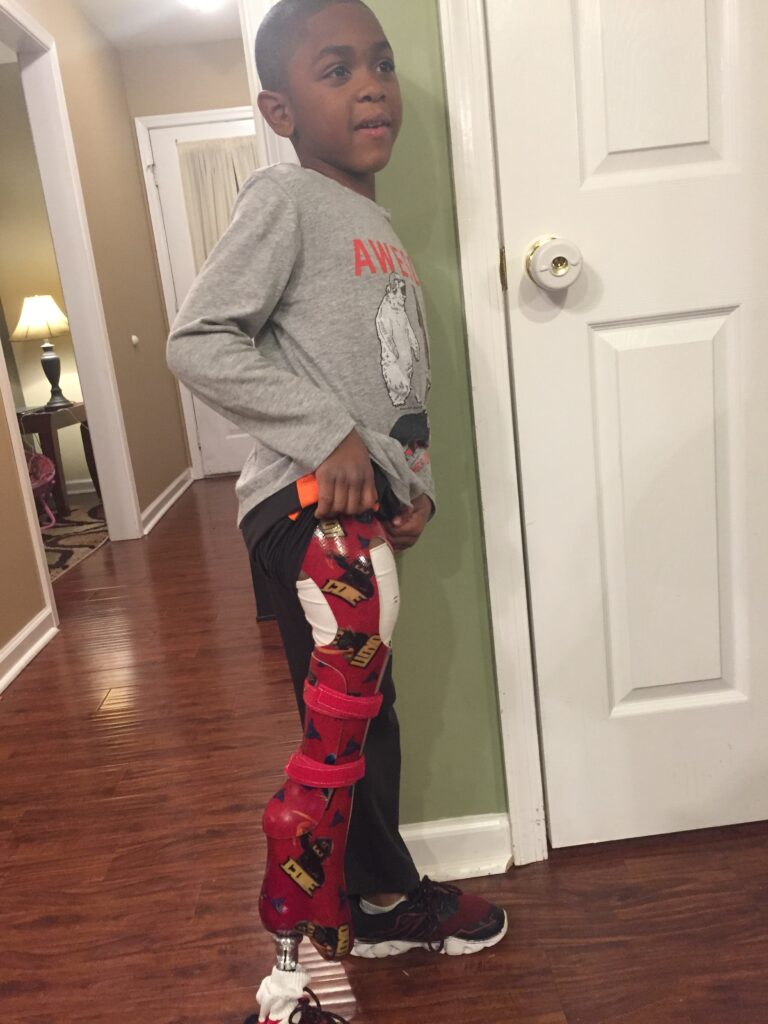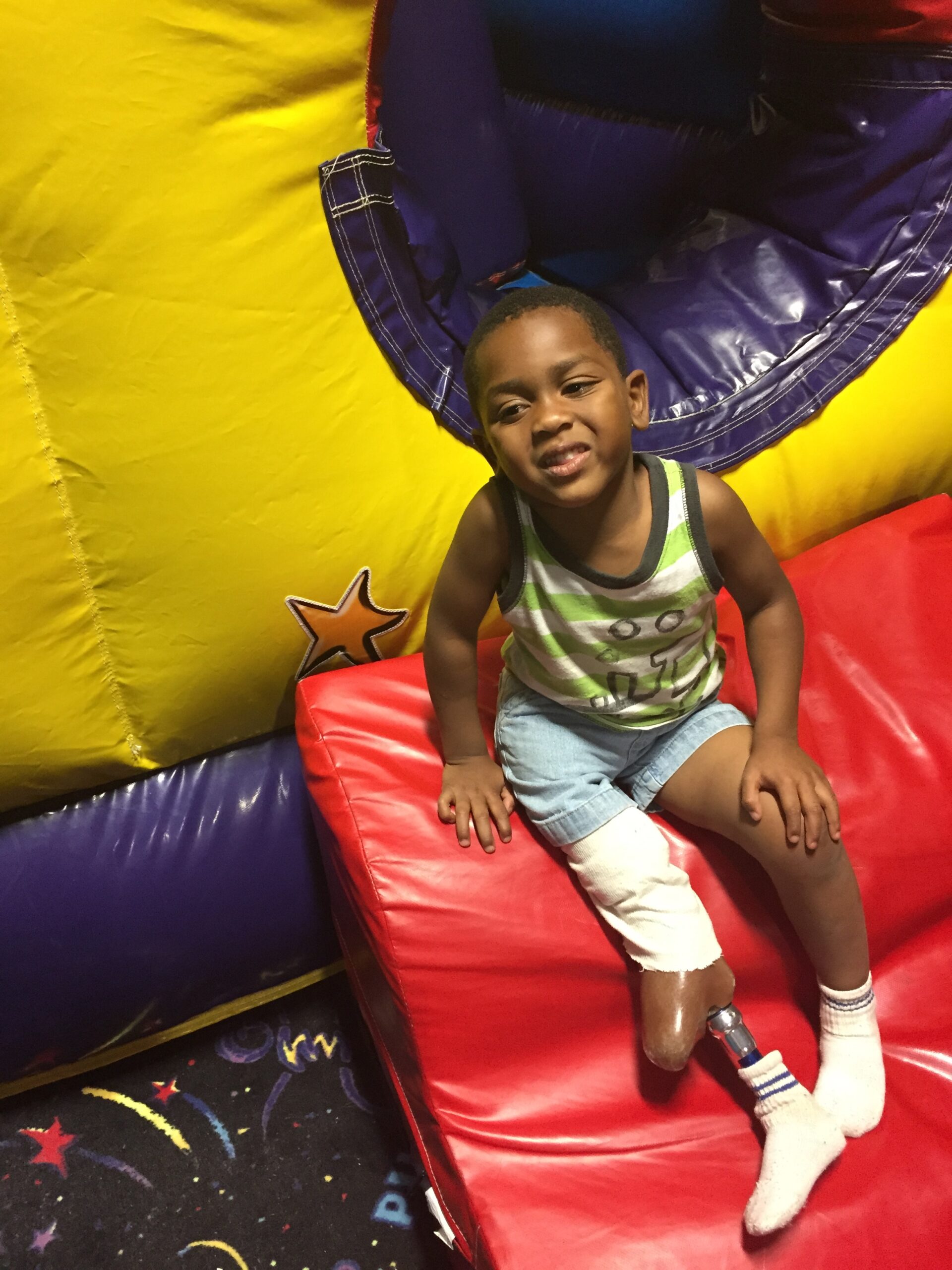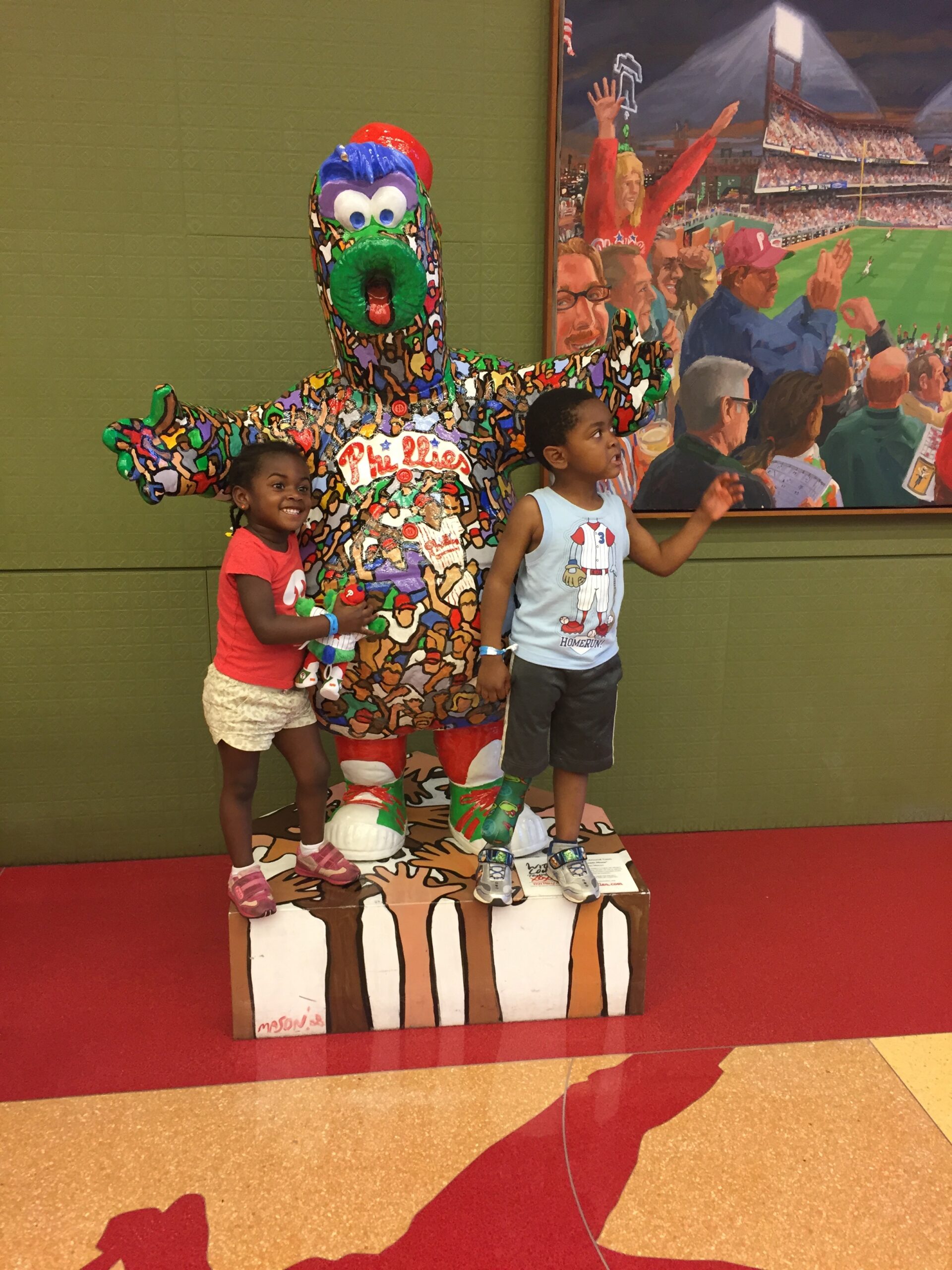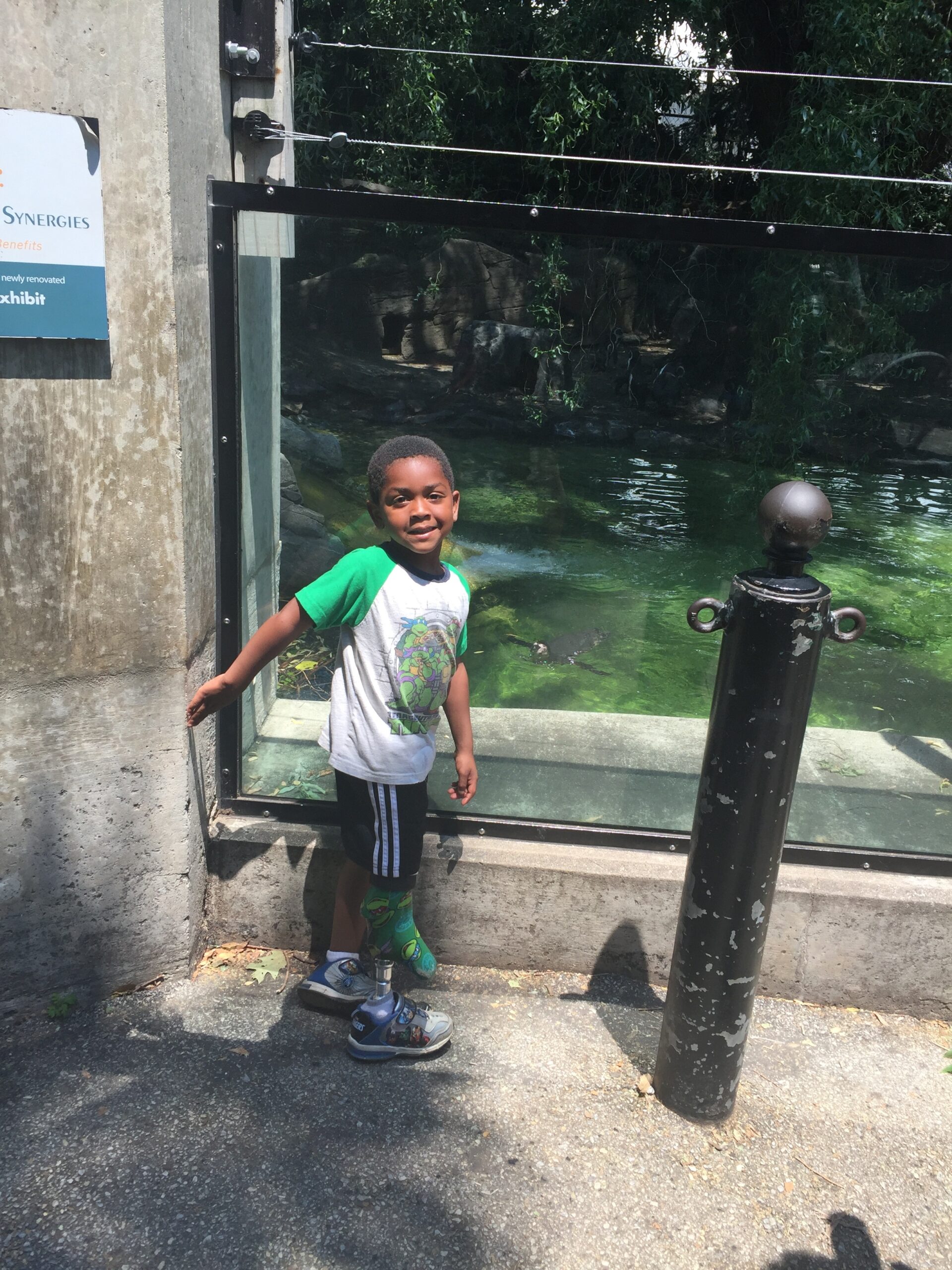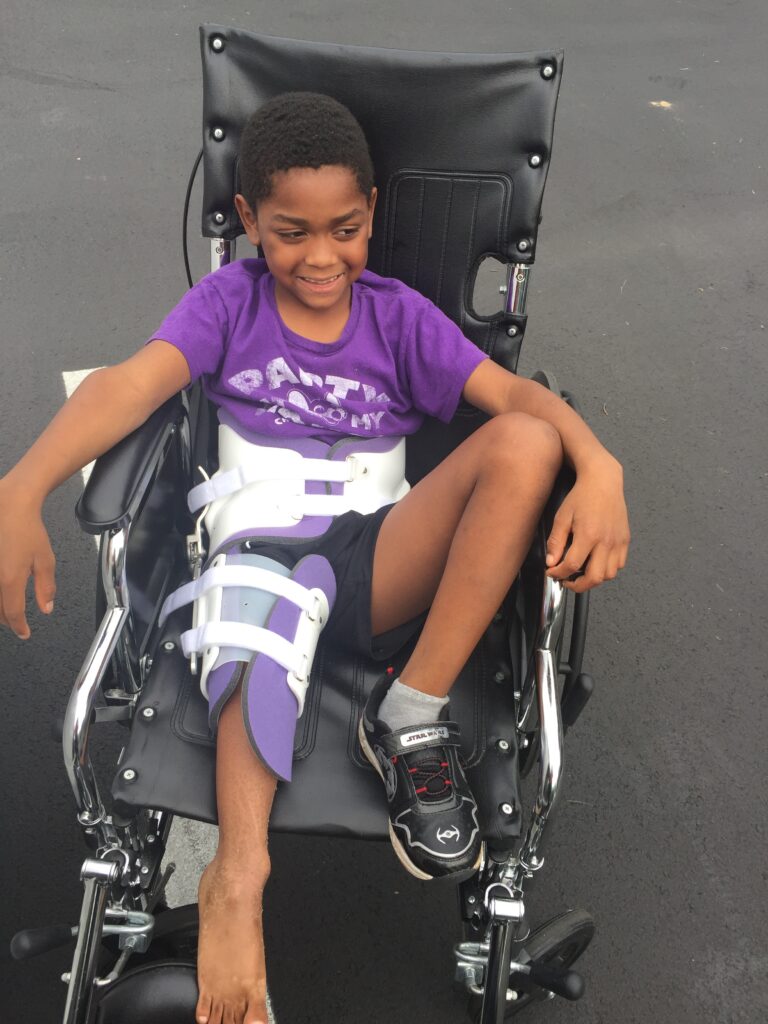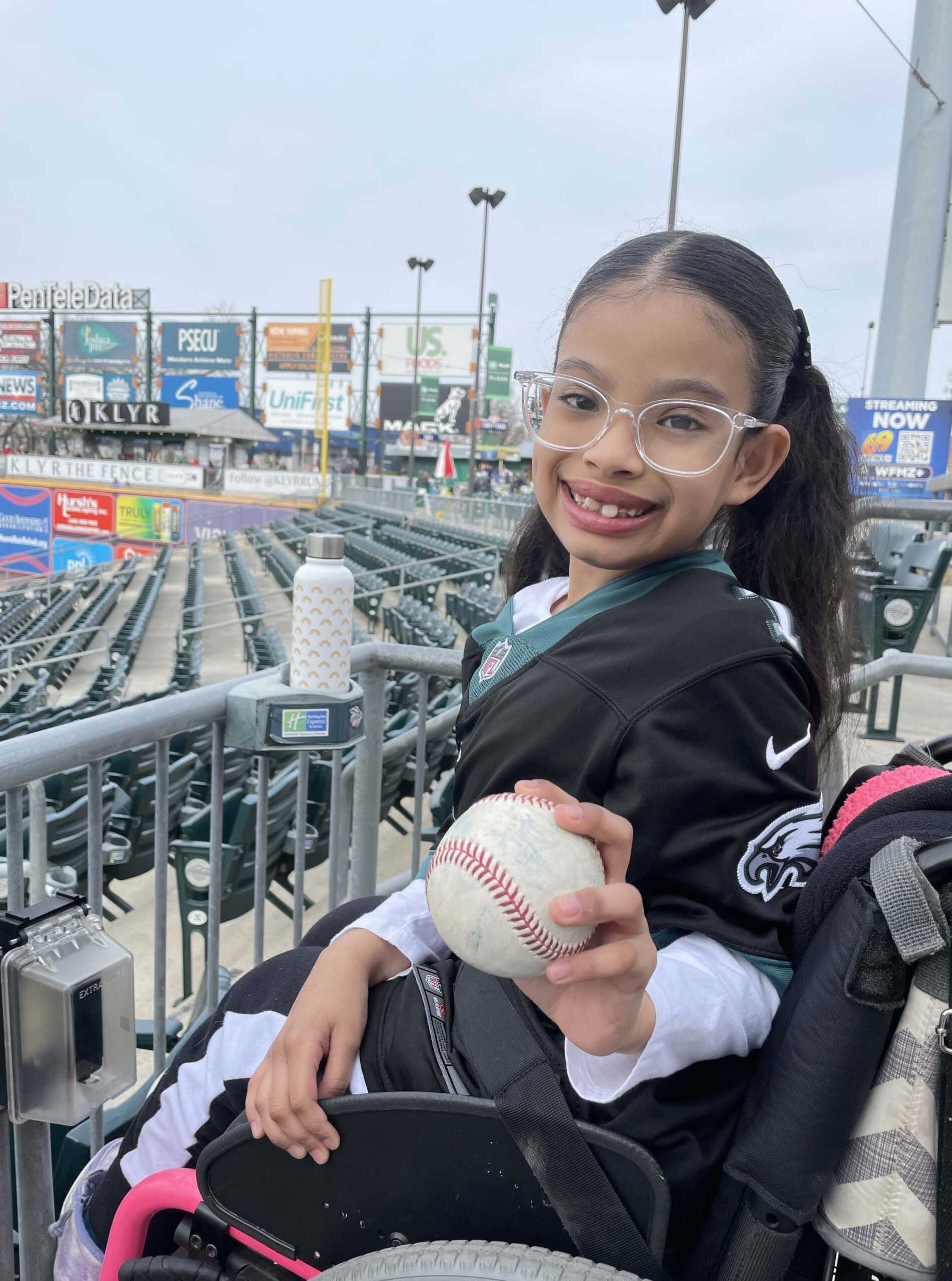Kim Clemens, who began fostering Sudan when he was 15 months old, and adopted him when he was five, explains that his deficit takes the form of a shorter-than-normal femur that required early care. Although his first prosthetic was made elsewhere, Sudan was only two years old when his therapist at Good Shepherd Physical Therapy in Souderton, PA, introduced him and Kim to Lawall’s Rich Bash when the toddler needed a supportive brace to help him learn to stand.
Bash designed an ankle-foot orthosis (AFO) to stabilize Sudan’s sound leg and ankle, and in the process sparked a powerful immediate friendship that has strengthened through the years—and through a sequence of hip-reconstructive surgeries and additional supportive devices, including hip braces and protective immobilizing devices.
Sudan’s dynamic personality has compelled him to tackle any and all physical challenges with confident enthusiasm, and it also powers his strong bond with Bash. Kim reveals that they followed Rich to each of Lawall’s offices, whether it was Willow Grove, Yardley or Langhorne, wherever Rich was seeing patients they would go, “because Sudan adores him!
“When you find a good prosthetist, you want to stick with him; and Sudan has a special connection with Rich,” she adds.
The fondness is mutual:
“Sudan is a really great kid—high energy, goes 100 miles an hour!” Bash laughs. “Ever since he was a little kid, every time he’d come to see me he’d run in and give me a hug; now that he’s getting a little older (age 11) and cooler, he gives me a hand bump. He’s just a lot of fun to work with.”
When he was nine years old, Sudan underwent a surgical rotationplasty performed in Baltimore by Dr. Shawn Standard. The complex procedure rotated his foot 180 degrees, repositioning it to allow the ankle to function as a knee joint in his prosthetic.
“He’s had two prosthetics since then,” Kim explains. “Generally, they need to be replaced every year, since kids grow so fast. We see Rich often for fitting adjustments to lengthen the prosthetic, but it can only adjust so far before a new one is needed.”
When Sudan was recently diagnosed with idiopathic juvenile scoliosis, Bash also fit him with an appropriate back brace that has successfully reduced his back curve to almost zero in the brace.
Has the back brace slowed Sudan down? “Not so you’d notice!” Bash observes with a smile. “It took him a couple of days to adjust his balance and his posture, but Kim and the doctor agree that he’s doing great.
“Sudan does everything—he just GOES. Even when he didn’t have a prosthetic, he was non-stop! The only time he was slowed down was when he was restricted after certain surgeries.
In fact, the last time I fitted him with his new prosthetic, I cautioned him to take it easy with this new, different design. We were in their living room, and Kim and I looked out the window a few minutes later, and there he was—zipping down the driveway on his scooter!
“‘Taking it slow’ is just not in his playbook!” he laughs.
